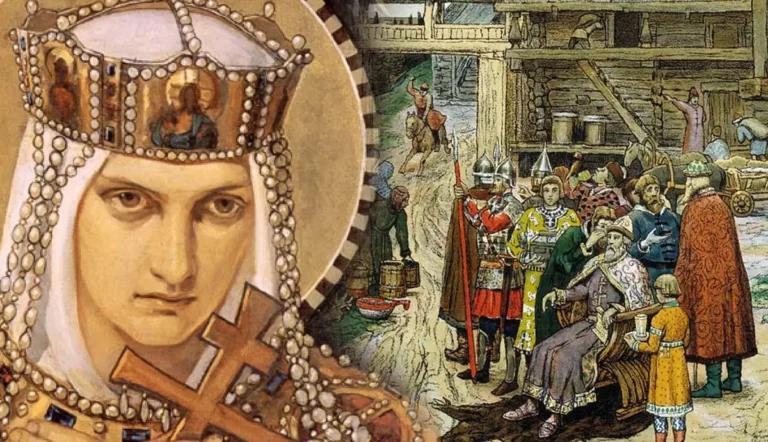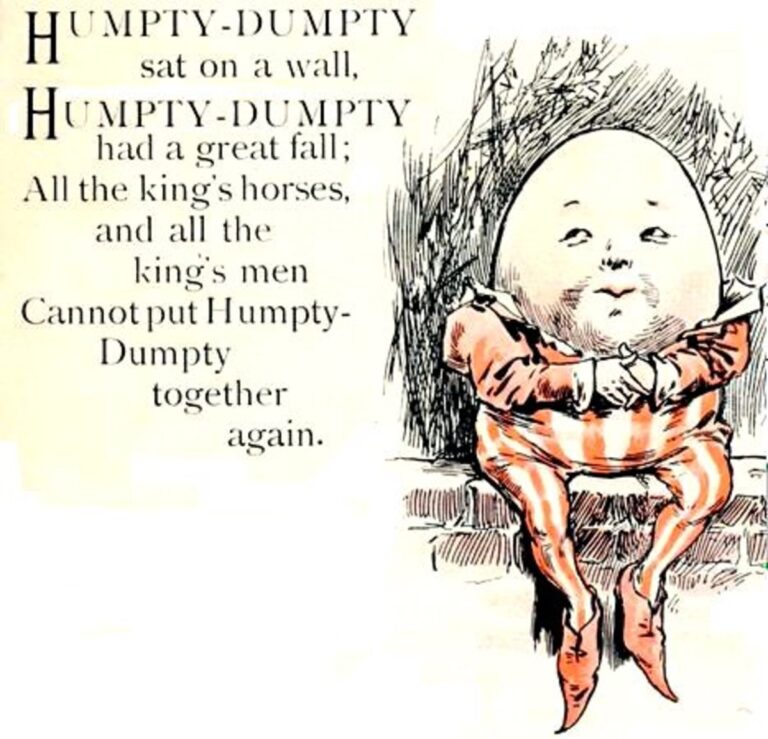The Hidden Force Behind Pablo Escobar: Gustavo Gaviria’s Role in the Medellín Cartel
Gustavo Gaviria, often overshadowed by his notorious cousin Pablo Escobar, was a pivotal figure in the Medellín Cartel. As Escobar’s right-hand man, Gaviria played a crucial role in the cartel’s operations and strategies. Understanding his contributions is essential for grasping the full scope of the cartel’s influence and operations. Who Was Gustavo Gaviria? Early Life…









